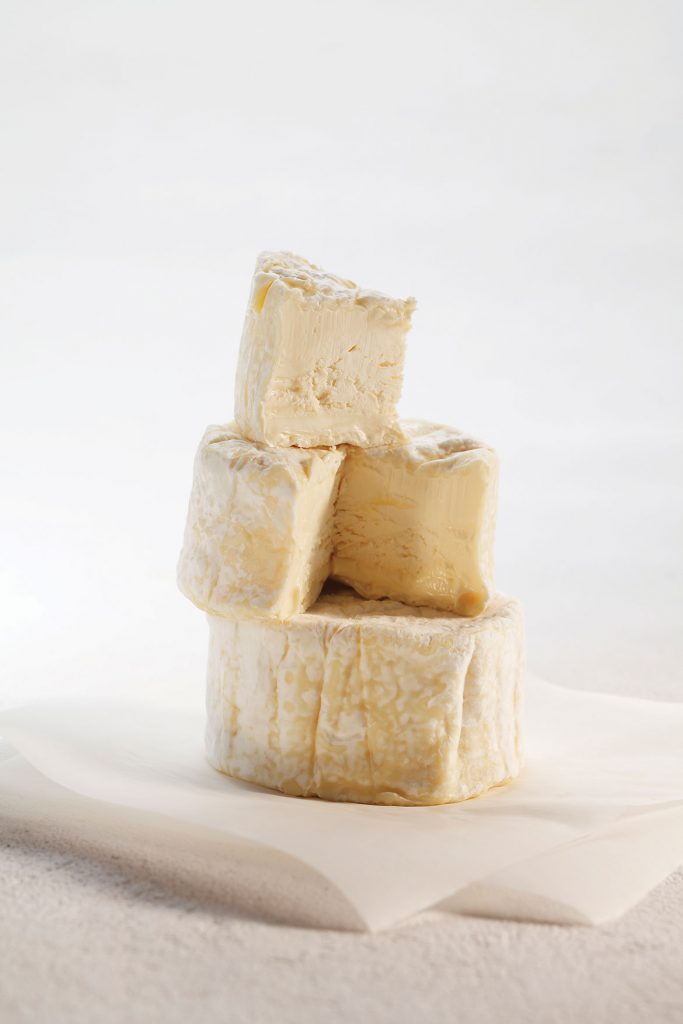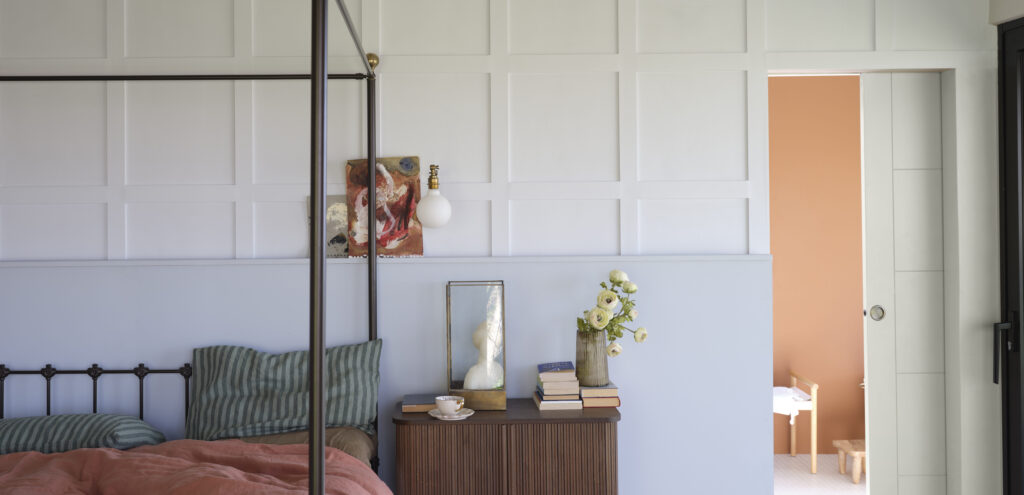The only people who love cheese more than Americans are the French. The difference being that in France, there are rules. Cheese is always served in odd numbers. You never cut it into cubes. And oftentimes, it’s eaten in lieu of dessert. America, a country notoriously known for being a rule-breaker, never quite took to the formalities of fromage. When it comes to creating the perfect cheese plate, however, we could stand to learn a thing or two from our European counterparts.
I recently paid a visit to the French Cheese Board, an interactive cheese shop and culture lab in Nolita, and met up with Charles Duque who is the managing director of The French Dairy Board for the Americas. Basically his job is to eat, sleep and breathe all things cheese. Duque walked me through the ins and outs of crafting a French-inspired cheese board from terminology to how to shop, picking the right accompaniments, wine pairings and plating.
 Skip the Grocery Store
Skip the Grocery Store
Before you start building, the best place to source your cheese, Duque says, is not the supermarket but an actual cheese shop and there are a few good reasons as to why. The first being that you’re allowed to taste the product, which is impossible if you’re buying something that’s pre-packaged. And if you’re willing to spend a pretty penny on up to a pound of cheese, you’ll likely want to enjoy how it tastes.
The second reason is that when you’re inside a cheese shop, you’re also in the company of trained professionals—people whose job it is to study cheese and lend their expertise. Sort of like a wine sommelier would in a restaurant. They are there to answer all your burning questions like, “I normally buy Cheddar; what other kinds of cheeses do you have that are like that?” and point you in the right direction of similar (or new) textures and flavors. There is also way more quality control in smaller speciality stores compared to supermarkets, especially when every cheese has its own story.
Making the Selection
When it comes time to buy, your cheese board should showcase three to five cheeses in total and Duque suggests planning on about 3oz. of cheese per person. Each style should represent a different texture, color, flavor, milk type and aroma. Duque’s advice is to keep it simple, but have at least one standout cheese that will leave a lasting impression on your guests. Suggested cheeses from my tasting with Duque included a bloomy rind, hard or semi-hard, washed rind and blue.
Proper Presentation
Arranging the cheeses on the platter is a bit of an artform and follows a couple helpful guidelines. For starters, your plate or board can be wooden, slate or marble—Duque says to use whatever you have around the house, just make sure it’s big enough. “I like to use boards that are dark in color so that the cheese really pops.” The cheeses should be placed in order from mildest to strongest and if using a round surface, moving in a clockwise pattern starting at noon. Fill in any empty gaps between cheeses with your accompaniments and use sprigs of fresh herbs as a garnish.
A Perfect Pair
A cheat to pairing wine with cheese, Duque says, is to get them both from the same region. That way, they naturally complement one another because they come from the same land. In terms of pairing cheese with food, Duque likes to use local ingredients whenever possible—flavors that he believes help people relate to the cheese. “Not everyone understands or has tasted these cheeses so I try to combine them with flavors that people know to make them more accessible.” Serve your cheeses alongside thinly sliced apples or pears; dried fruits like figs, golden raisins or apricots; crackers or baguettes; mixed nuts; quince paste, chutneys or plum butter.
How to Serve
There are very specific instructions on how to cut cheese, which includes never dicing it into cubes. The reason being that the flavor differs from the center of the cheese right to the edge, so you want to make sure you get some of each in every bite. You also want to serve your cheese at room temperature, taking it out of the fridge 30 minutes to an hour before eating (depending on the size). Following the sequence in which you arranged them is how they should be consumed, from mildest to most pungent.






